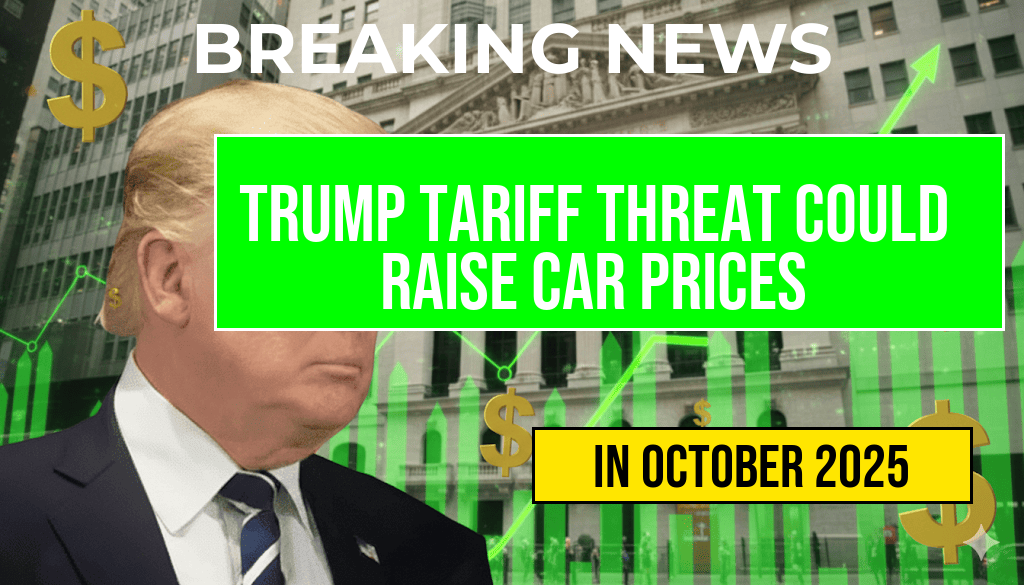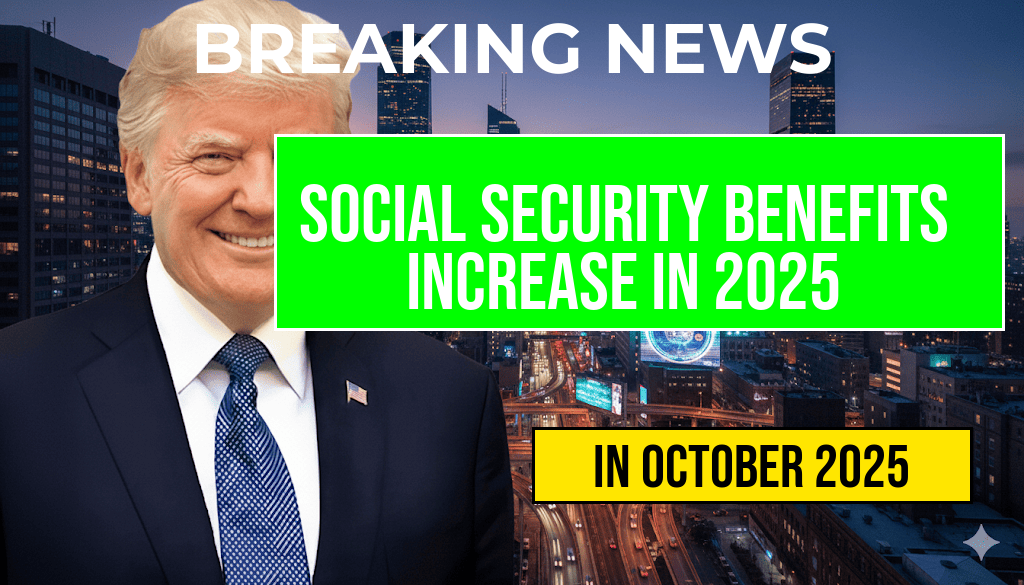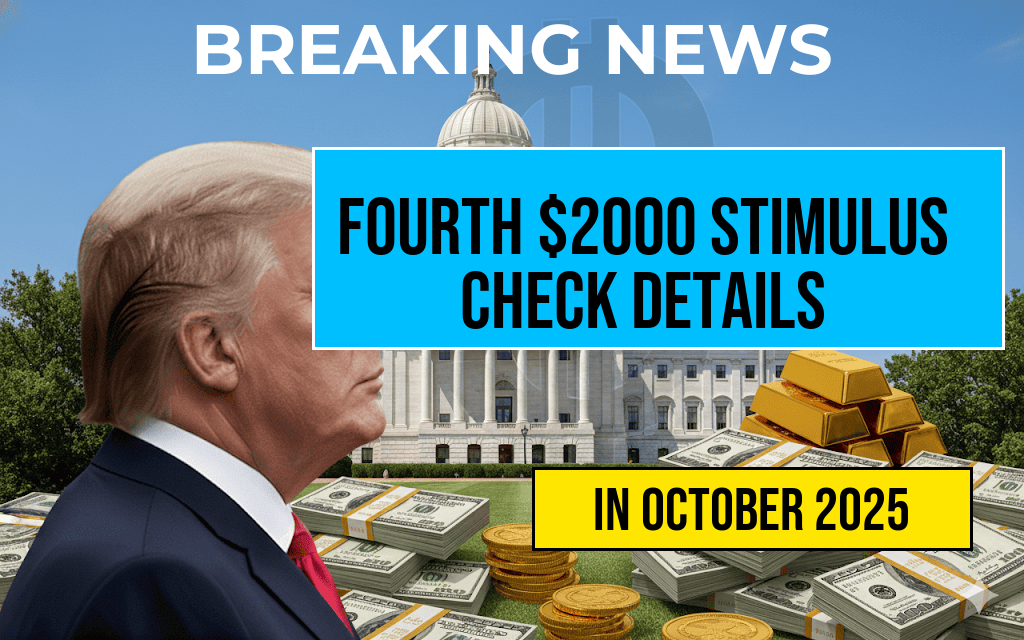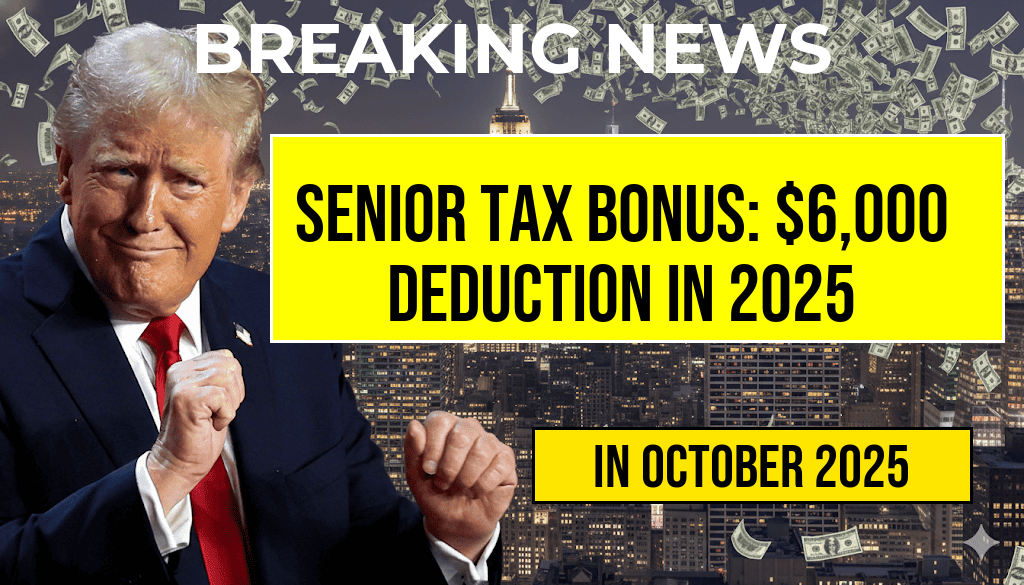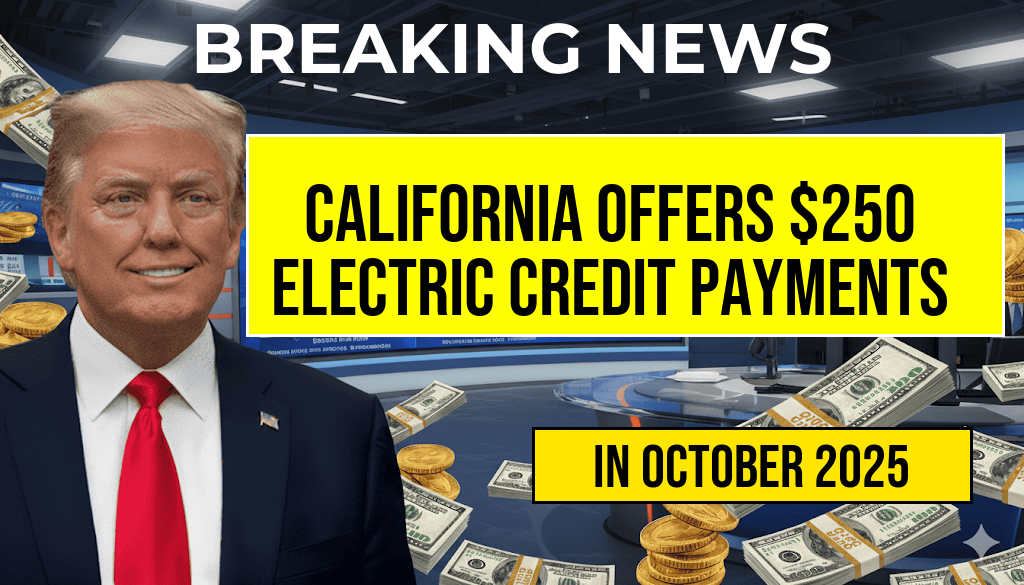Automakers and consumers could soon face higher vehicle prices if recent political developments translate into new tariffs on imported auto parts and vehicles. Former President Donald Trump has publicly threatened to impose additional tariffs on imports from certain countries, raising concerns about the potential impact on the automotive industry. Analysts estimate that such measures could increase the average price of new cars by as much as $5,286, depending on the scope and scale of the tariffs. This development has sparked debate among industry stakeholders, policymakers, and consumers regarding the ripple effects of trade policy decisions and their influence on vehicle affordability and supply chains.
Trump’s Tariff Threats and the Automotive Sector
Background on Trade Policy and Automotive Imports
Trade tensions have historically affected the automotive industry, which heavily relies on global supply chains. Many automakers source components from countries such as Mexico, Canada, and Asian nations, making them vulnerable to tariffs and trade restrictions. During his presidency, Donald Trump implemented tariffs aimed at reducing trade deficits and encouraging domestic manufacturing. Currently, his administration has signaled a willingness to revisit tariffs, citing concerns over national security and unfair trade practices.
Potential Impact of New Tariffs
If tariffs are reintroduced or increased, the cost to import vehicles and auto parts could rise significantly. The National Automobile Dealers Association (NADA) estimates that a 25% tariff on imported vehicles could add approximately $3,000 to $5,286 to the price of a new car, depending on the model and trim level. This increase would be passed along to consumers, potentially pricing some buyers out of the new vehicle market.
Industry Response and Market Reactions
Major automakers have expressed concern over the potential tariffs, warning that increased costs could lead to reduced sales, lower profit margins, and delayed vehicle launches. Some manufacturers have already begun exploring alternative supply chains or increased domestic production to mitigate risks. Conversely, automotive trade associations argue that tariffs could harm the broader economy by stifling growth and jobs in related sectors.
Estimated Price Increase Breakdown
| Vehicle Type | Current Average Price | Potential Additional Cost | Projected New Average Price |
|---|---|---|---|
| Sedan | $34,000 | $2,286 | $36,286 |
| SUV | $45,000 | $4,000 | $49,000 |
| Pickup Truck | $40,000 | $5,286 | $45,286 |
Consumer and Economic Implications
The potential increase in vehicle prices could have broad implications for consumers, especially those in the market for new cars. Higher costs may lead to decreased affordability, altered purchasing habits, and increased financing. For the economy, a slowdown in auto sales could ripple through manufacturing, retail, and service sectors, potentially dampening economic growth.
Effects on Used Car Market and Inflation
- Used Car Prices: As new vehicle prices climb, the demand for used cars may surge, pushing their prices higher and constraining affordability further.
- Inflationary Pressures: Rising vehicle costs could contribute to broader inflation, given the importance of transportation in daily life and supply chains.
Policy Outlook and Future Developments
Legislators and industry leaders are closely monitoring the situation. Some policymakers advocate for diplomatic negotiations to address trade disputes, emphasizing the importance of maintaining affordable vehicle prices. Others argue that tariffs are necessary tools to rebalance trade deficits and protect domestic manufacturing. The Biden administration’s stance remains cautious, with officials indicating a preference for multilateral agreements and targeted trade measures rather than broad tariffs.
Sources of Uncertainty
- Trade Negotiations: The outcome depends heavily on ongoing negotiations and diplomatic efforts.
- Global Supply Chain Dynamics: Disruptions or shifts in supply sources could alter cost projections.
- Legislative Actions: Congressional interventions or new trade laws could modify the tariffs’ scope and implementation timeline.
Consumers, automakers, and policymakers will need to navigate this complex landscape carefully. As trade policies evolve, the automotive market remains vulnerable to fluctuations that could reshape vehicle prices and availability in the near future.
Frequently Asked Questions
What is the main concern regarding Trump’s tariff threat on new cars?
The main concern is that tariff threats could lead to an increase in vehicle prices by up to $5,286, making new cars more expensive for consumers.
How might tariffs impact the overall cost of buying a new vehicle?
Tariffs could raise the import costs for manufacturers, which may be passed on to buyers, resulting in higher vehicle prices across the market.
Which types of vehicles are most likely to be affected by these tariffs?
Imported vehicles, especially those from countries affected by tariffs, are most likely to see price increases, though some domestic models could also be impacted indirectly.
What should consumers consider if tariffs are implemented?
Consumers should consider the potential for higher vehicle prices, longer delivery times, and the possibility of fewer model options available due to increased costs for manufacturers.
Is there any way for consumers to mitigate the impact of these tariffs?
Consumers may benefit from acting quickly to purchase current models before potential price hikes or exploring alternative financing options and different vehicle brands to offset higher costs.

